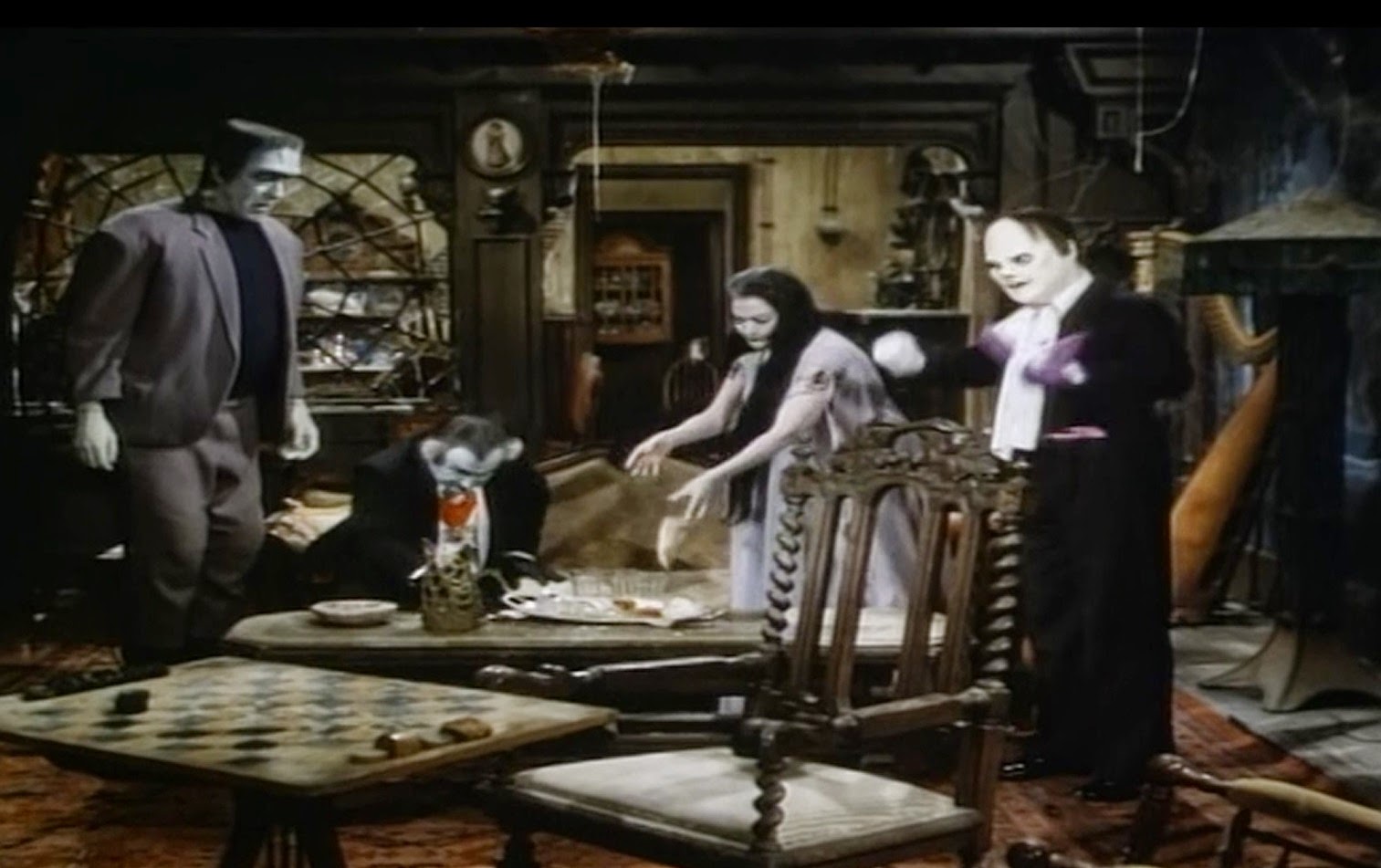Sunken Living Room Floor: Pros and Cons
Sunken living rooms have been a popular feature in homes for decades. This unique design element creates a sense of depth and separation in a space, making it feel more open and inviting. However, with every design choice, there are pros and cons to consider. Let's take a closer look at the benefits and drawbacks of having a sunken living room floor.
Pros of a Sunken Living Room Floor
1. Enhanced Aesthetics
One of the most significant benefits of a sunken living room floor is the visual appeal it adds to a room. The change in elevation creates a sense of grandeur and sophistication, making the space feel more luxurious and upscale. It also serves as a focal point and adds depth to the design of the room.
2. Creates an Open Floor Plan
If you have a large, open-concept living space, a sunken living room can help break up the room and create defined areas. This can be especially useful in a home with high ceilings, as it helps to create separate spaces without sacrificing the open feel of the room.
3. Adds Dimension and Interest
A sunken living room can add an element of surprise and interest to a home. It creates a natural flow and invites guests to explore the different levels of the room. This design element can also be a great conversation starter and make your home stand out from others.
Cons of a Sunken Living Room Floor
1. Safety Concerns
One of the main drawbacks of a sunken living room is the safety concerns it may pose. The change in elevation can be a tripping hazard, especially for children or elderly individuals. It's crucial to take precautions and install handrails or other safety measures to prevent accidents.
2. Difficult to Move Furniture
The change in elevation between a sunken living room and the rest of the space can make it challenging to move furniture. It may also limit the size and type of furniture you can use in the room. Before committing to a sunken living room, consider the furniture you plan to use and how it will fit into the space.
3. Cost and Construction
Creating a sunken living room can be a significant renovation project, and it can come at a high cost. Depending on the existing structure of your home, it may require extensive construction and may not be a feasible option for every homeowner.
How to Fix an Uneven Sunken Living Room Floor
If you already have a sunken living room in your home, but the floor is uneven, there are steps you can take to fix it. Here are some possible solutions:
1. Leveling Compound
For minor unevenness, using a leveling compound can be a quick and cost-effective solution. This compound is applied to the floor and will self-level to create a smooth surface. However, it's essential to note that this is a temporary fix and may not hold up over time.
2. Adding Subfloor
If the unevenness is significant, adding a subfloor may be necessary. This involves installing a layer of plywood or concrete over the existing floor to create a level surface. This option may be more expensive and time-consuming, but it will provide a more lasting solution.
3. Professional Help
If you're unsure of how to fix your uneven sunken living room floor, it's best to consult with a professional contractor. They will be able to assess the issue and recommend the best course of action for your particular situation.
Sunken Living Room Ideas
Now that we've covered the pros and cons of a sunken living room, let's explore some design ideas to inspire your own space.
1. Cozy and Inviting
A sunken living room can create a cozy and intimate atmosphere, perfect for curling up with a book or enjoying a cup of tea. Add plush rugs, soft lighting, and comfortable seating to make the space feel warm and inviting.
2. Modern and Sleek
A sunken living room can also be a modern and sophisticated design choice. Consider using clean lines, minimalistic furniture, and a neutral color palette to create a sleek and contemporary look.
3. Nature-Inspired
Incorporating natural elements into a sunken living room can create a stunning and unique space. Consider adding a wall of windows to bring in natural light and incorporate plants or natural materials to add texture and warmth.
Sunken Living Room Design
When designing a sunken living room, there are a few key elements to keep in mind:
1. Consider the Flow
The sunken living room should feel like a seamless part of the rest of the space. Consider how people will move through the room and make sure there is a natural flow between the different levels.
2. Lighting is Key
Lighting is crucial in any room, but it's especially important in a sunken living room. Make sure to incorporate both natural and artificial light to create a well-lit and inviting space.
3. Use Different Materials
To define the different levels of a sunken living room, consider using different materials for the flooring. This can create a visual separation and add interest to the design.
Sunken Living Room Remodel
If you're considering a sunken living room remodel, here are some tips to keep in mind:
1. Plan Ahead
A sunken living room remodel can be a significant project, so it's crucial to plan ahead and consider all aspects of the design. This includes budget, construction, and any necessary permits.
2. Hire a Professional
While a sunken living room remodel may seem like a DIY project, it's best to hire a professional contractor. They will have the expertise and experience to ensure the project is done safely and correctly.
3. Make it Functional
When remodeling a sunken living room, prioritize functionality. Make sure the space is comfortable and usable for your needs, whether it's for entertaining, relaxing, or both.
Sunken Living Room Makeover
If you want to give your sunken living room a fresh look without a complete remodel, here are some ideas for a makeover:
1. Update the Flooring
One way to give your sunken living room a new look is to update the flooring. Consider using a different material, such as hardwood or tile, to add a new element to the space.
2. Add Color and Texture
Incorporating color and texture can instantly transform a room. Add a pop of color with throw pillows or a new rug, and incorporate texture through different fabrics and materials.
3. Rearrange Furniture
Sometimes, all a room needs is a fresh arrangement of furniture to feel like a new space. Play around with different layouts and see what works best for your sunken living room.
Sunken Living Room Flooring Options
When it comes to flooring options for a sunken living room, there are a few factors to consider:
1. Durability
Since the sunken living room is a high-traffic area, it's essential to choose a durable flooring option. Hardwood or tile are good choices, as they can withstand heavy foot traffic and are easy to clean.
2. Visual Appeal
The flooring in a sunken living room is a prominent design element, so it's important to choose something that adds to the overall aesthetic of the room. Consider using a material with interesting patterns or textures to make a statement.
3. Comfort
Since the sunken living room is a space for relaxation, it's important to choose a flooring option that is comfortable to walk on. Consider using plush carpet or adding a large area rug to add warmth and comfort to the space.
Sunken Living Room Construction
Constructing a sunken living room requires careful planning and execution. Here are some key considerations:
1. Structural Integrity
Before starting any construction, it's crucial to ensure that the structure of your home can support a sunken living room. Consult with a professional contractor to assess the feasibility of the project.
2. Permits and Building Codes
Depending on where you live, you may need to obtain permits and adhere to specific building codes when constructing a sunken living room. Make sure to research and follow these regulations to ensure your project is done correctly and safely.
3. Hire Professionals
Constructing a sunken living room is not a DIY project. It's essential to hire experienced professionals who have the skills and knowledge to create a safe and functional space.
The Benefits of a Sunken Living Room Floor

Creating Dimension and Definition in Your Home Design
 One popular trend in modern house design is incorporating a sunken living room into the layout. This unique feature involves having a living room area that is slightly lower than the rest of the house, creating a sunken or lowered floor. While this may seem like an unusual design choice, there are actually several benefits to having a sunken living room floor, including adding dimension and definition to your home.
Sunken living room floors
can add an interesting visual element to your home and create a sense of depth and dimension. By lowering the floor, you are essentially creating a separate space within the room, making it feel more intimate and cozy. This can be especially beneficial in larger homes where the living room may feel too open or disconnected from the rest of the house.
In addition to adding dimension, a sunken living room floor can also help define the space and create a focal point in your home. This can be particularly useful in open concept homes where the living room may blend into other areas, such as the kitchen or dining room. By lowering the floor, you are creating a distinct area that stands out and draws attention. Plus, it can be a great conversation starter when entertaining guests!
Another advantage of a sunken living room is that it can provide a unique perspective and vantage point in your home. By having a slightly lower floor, you can have a different view of your surroundings, whether it's looking up at the rest of the house or out into the backyard. This can make the living room feel like a special retreat within your home, perfect for relaxing and unwinding after a long day.
However, one potential concern with a sunken living room floor is that it may be uneven. This can happen over time due to settling or structural issues, and it can be both a safety hazard and an eyesore. If you notice your
sunken living room floor uneven
, it's important to address the issue as soon as possible. Consult with a professional contractor to determine the cause and find a solution to level out the floor.
In conclusion, a sunken living room floor can be a unique and eye-catching feature in your home's design. It adds dimension and definition to the space, creates a focal point, and provides a different perspective. However, make sure to monitor the floor for any unevenness and address it promptly to ensure safety and maintain the aesthetic appeal of your sunken living room. So, if you're looking to add some character and charm to your home, consider incorporating a sunken living room floor into your house design.
One popular trend in modern house design is incorporating a sunken living room into the layout. This unique feature involves having a living room area that is slightly lower than the rest of the house, creating a sunken or lowered floor. While this may seem like an unusual design choice, there are actually several benefits to having a sunken living room floor, including adding dimension and definition to your home.
Sunken living room floors
can add an interesting visual element to your home and create a sense of depth and dimension. By lowering the floor, you are essentially creating a separate space within the room, making it feel more intimate and cozy. This can be especially beneficial in larger homes where the living room may feel too open or disconnected from the rest of the house.
In addition to adding dimension, a sunken living room floor can also help define the space and create a focal point in your home. This can be particularly useful in open concept homes where the living room may blend into other areas, such as the kitchen or dining room. By lowering the floor, you are creating a distinct area that stands out and draws attention. Plus, it can be a great conversation starter when entertaining guests!
Another advantage of a sunken living room is that it can provide a unique perspective and vantage point in your home. By having a slightly lower floor, you can have a different view of your surroundings, whether it's looking up at the rest of the house or out into the backyard. This can make the living room feel like a special retreat within your home, perfect for relaxing and unwinding after a long day.
However, one potential concern with a sunken living room floor is that it may be uneven. This can happen over time due to settling or structural issues, and it can be both a safety hazard and an eyesore. If you notice your
sunken living room floor uneven
, it's important to address the issue as soon as possible. Consult with a professional contractor to determine the cause and find a solution to level out the floor.
In conclusion, a sunken living room floor can be a unique and eye-catching feature in your home's design. It adds dimension and definition to the space, creates a focal point, and provides a different perspective. However, make sure to monitor the floor for any unevenness and address it promptly to ensure safety and maintain the aesthetic appeal of your sunken living room. So, if you're looking to add some character and charm to your home, consider incorporating a sunken living room floor into your house design.
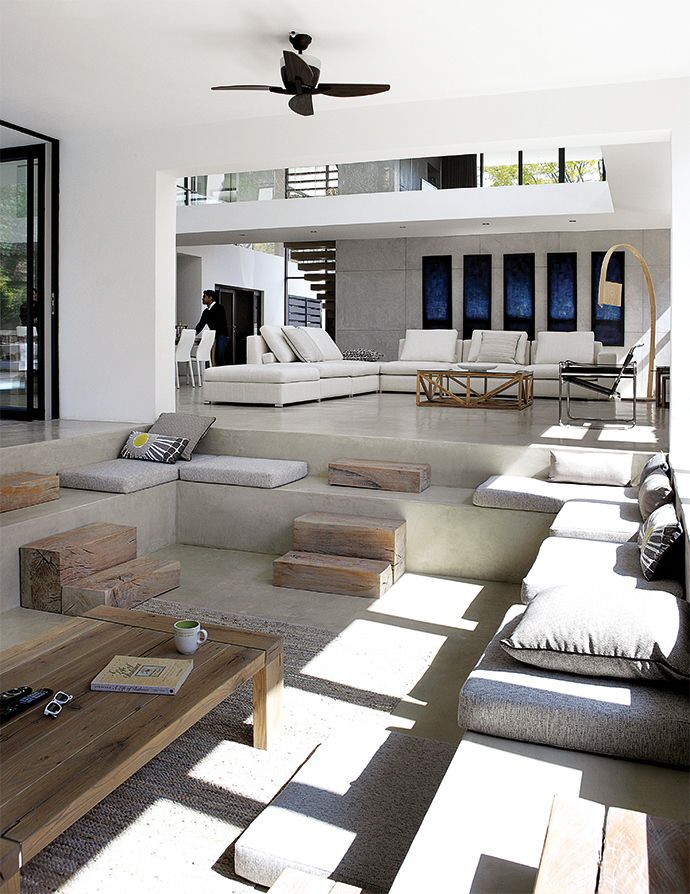



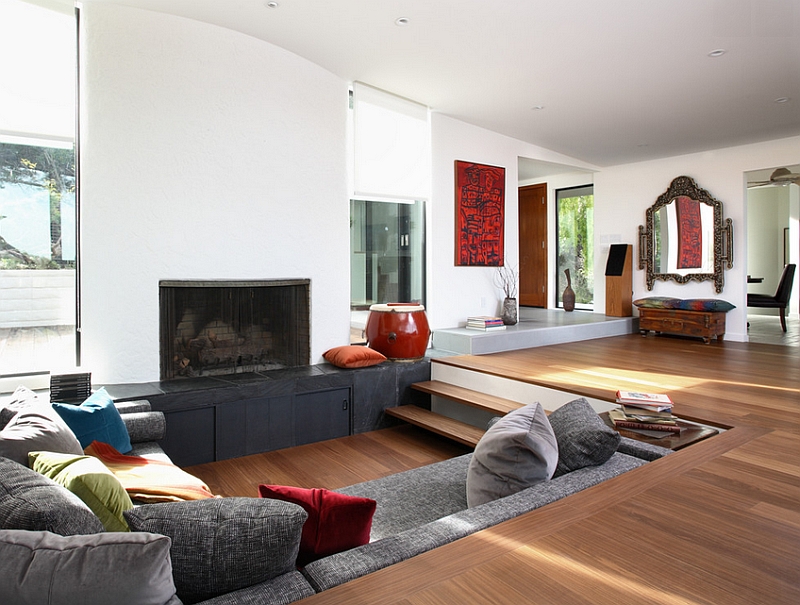




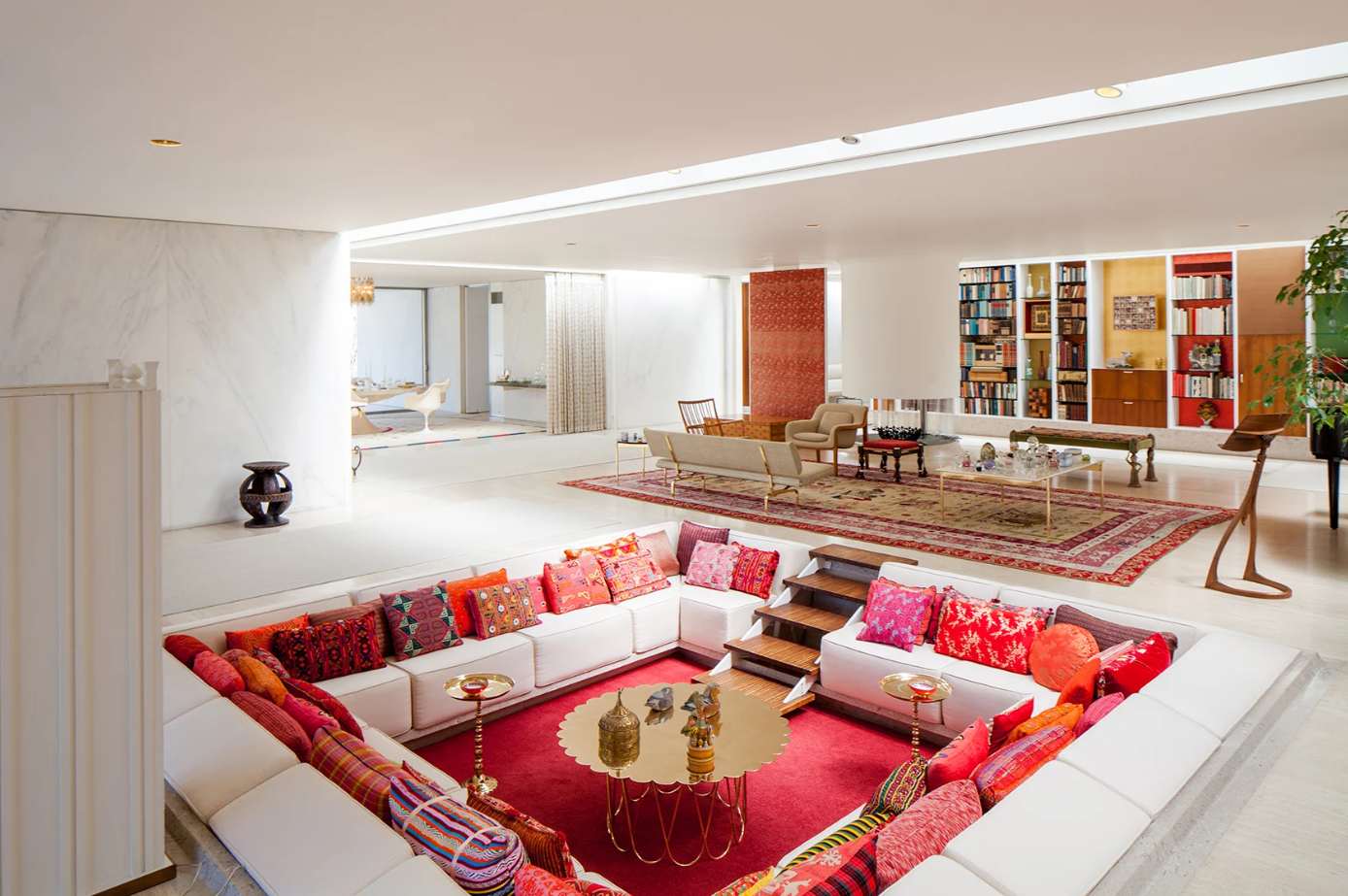





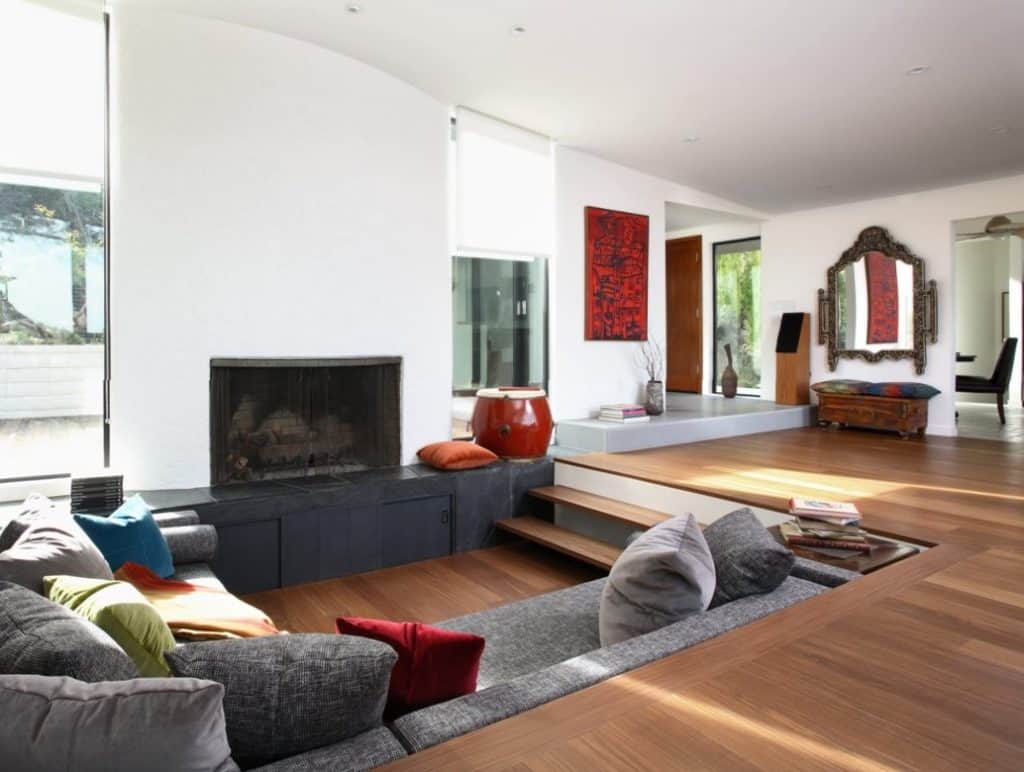
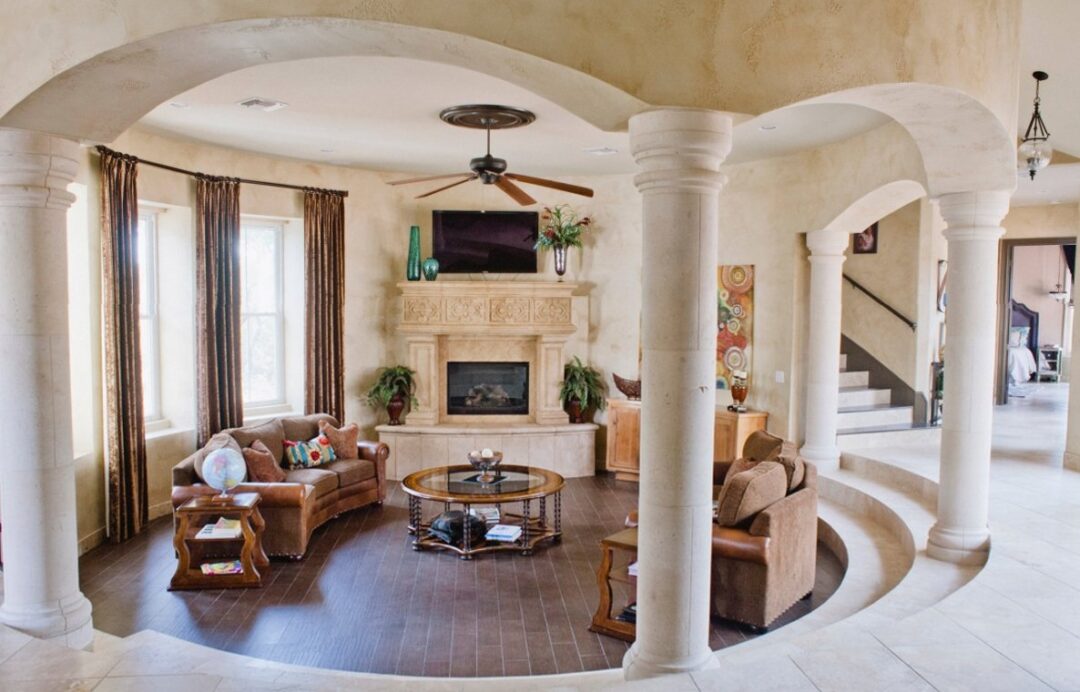


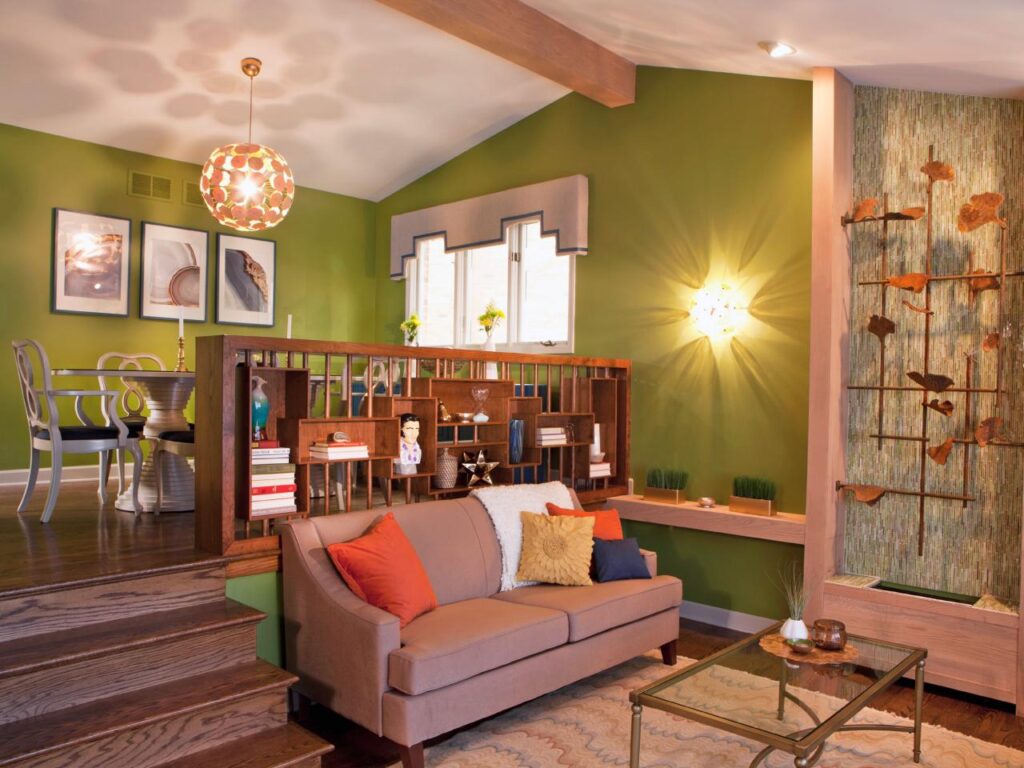
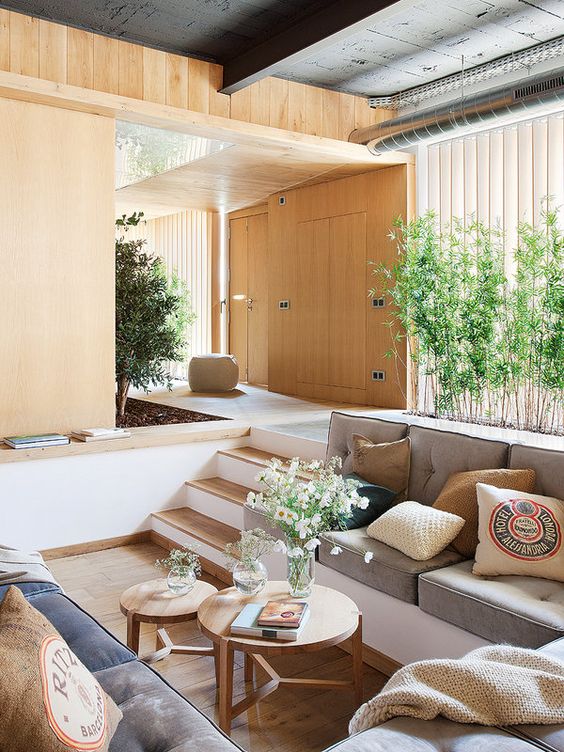
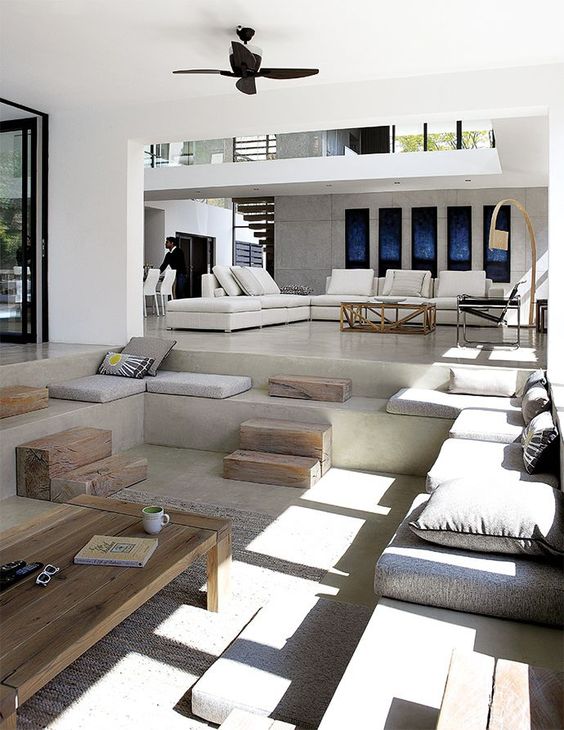
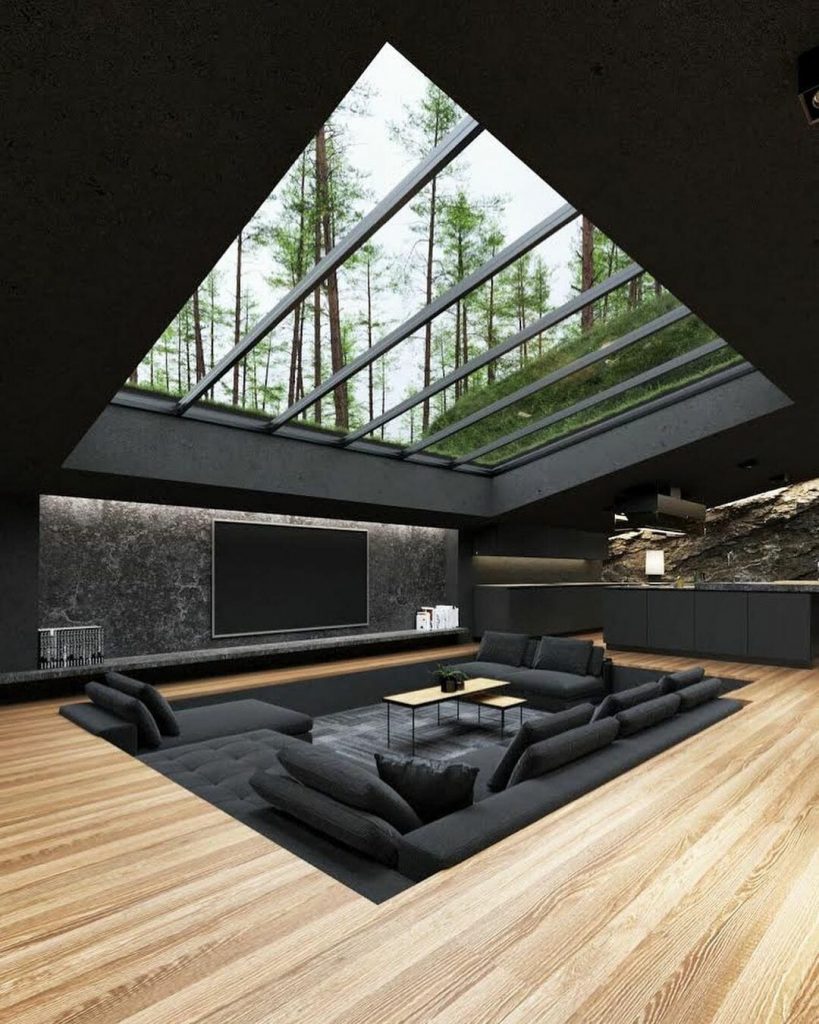
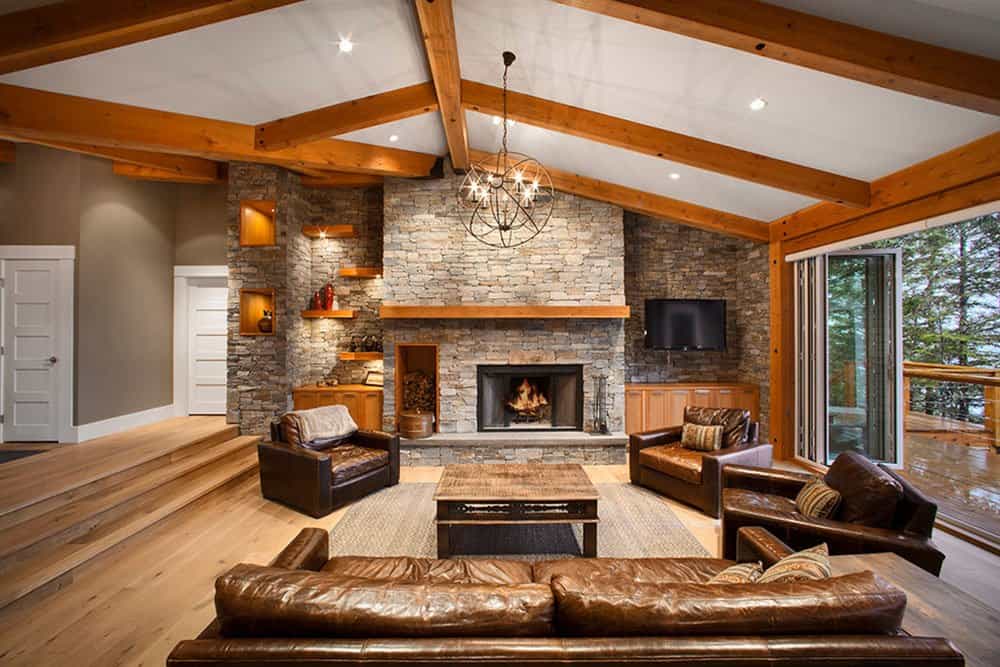

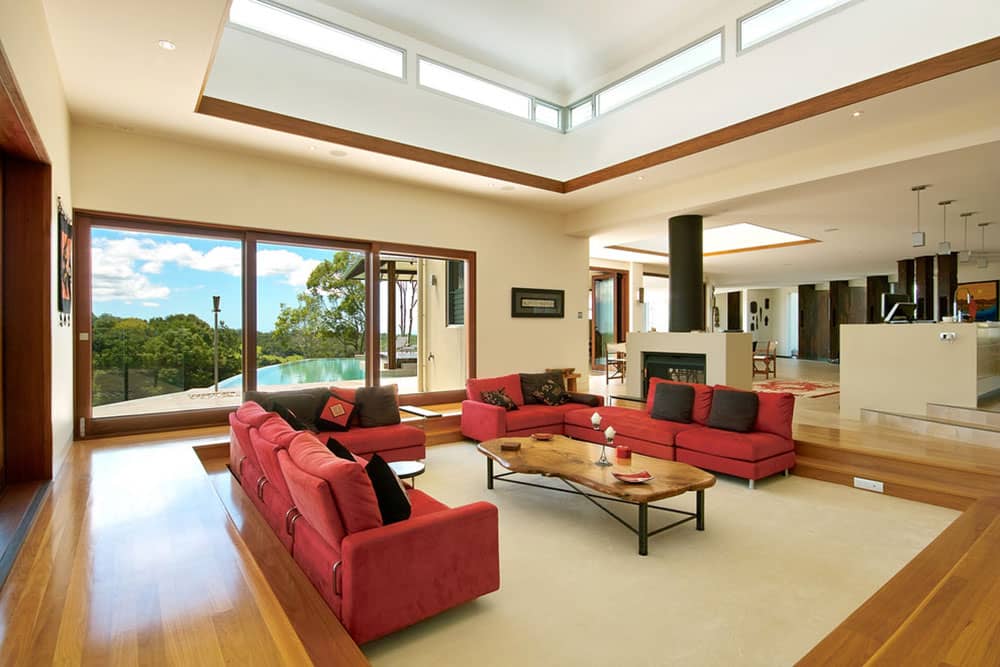
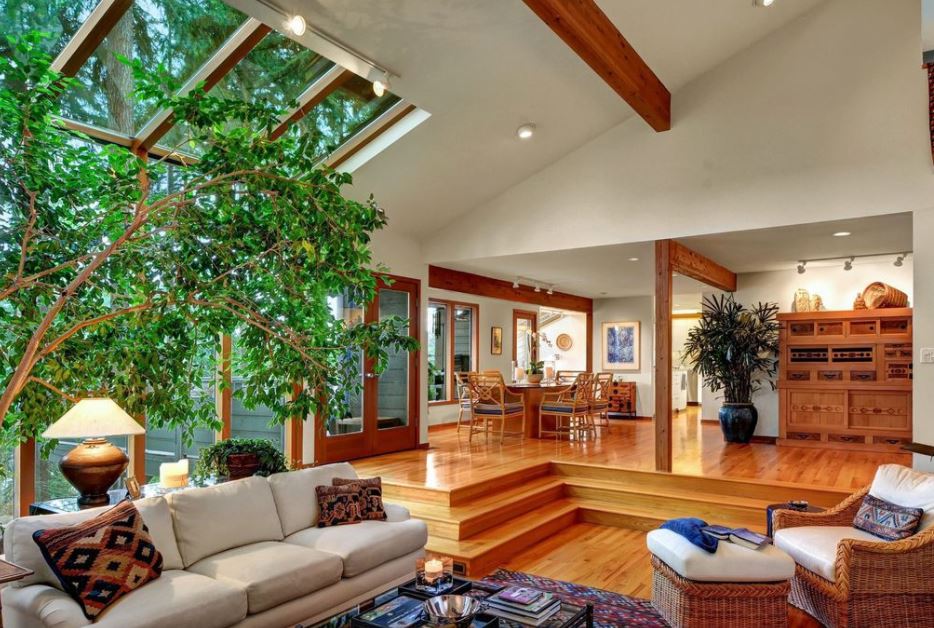

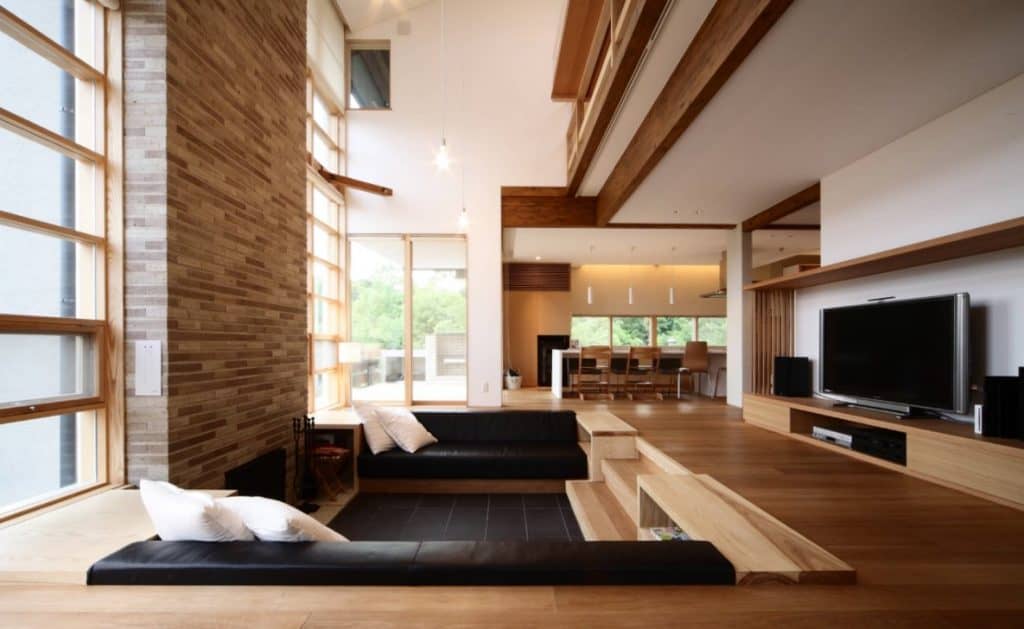
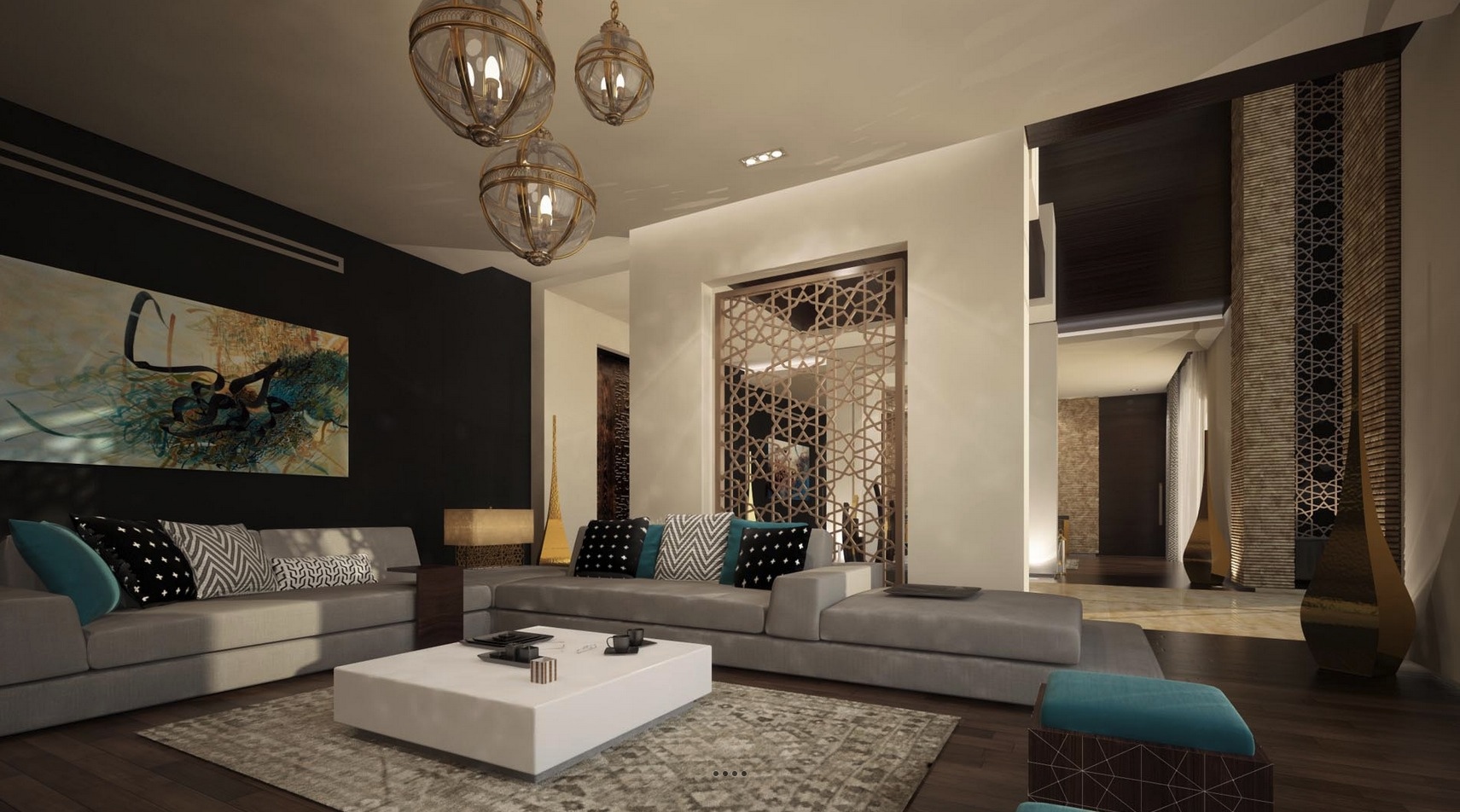
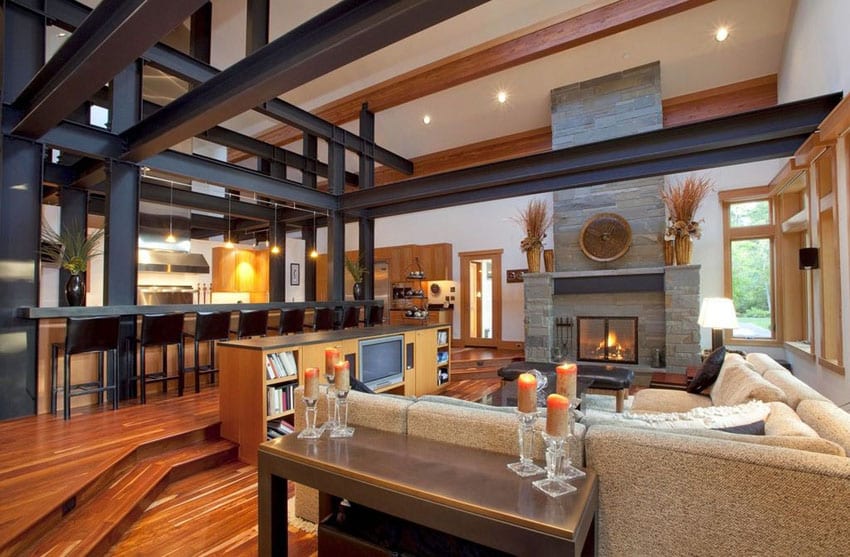


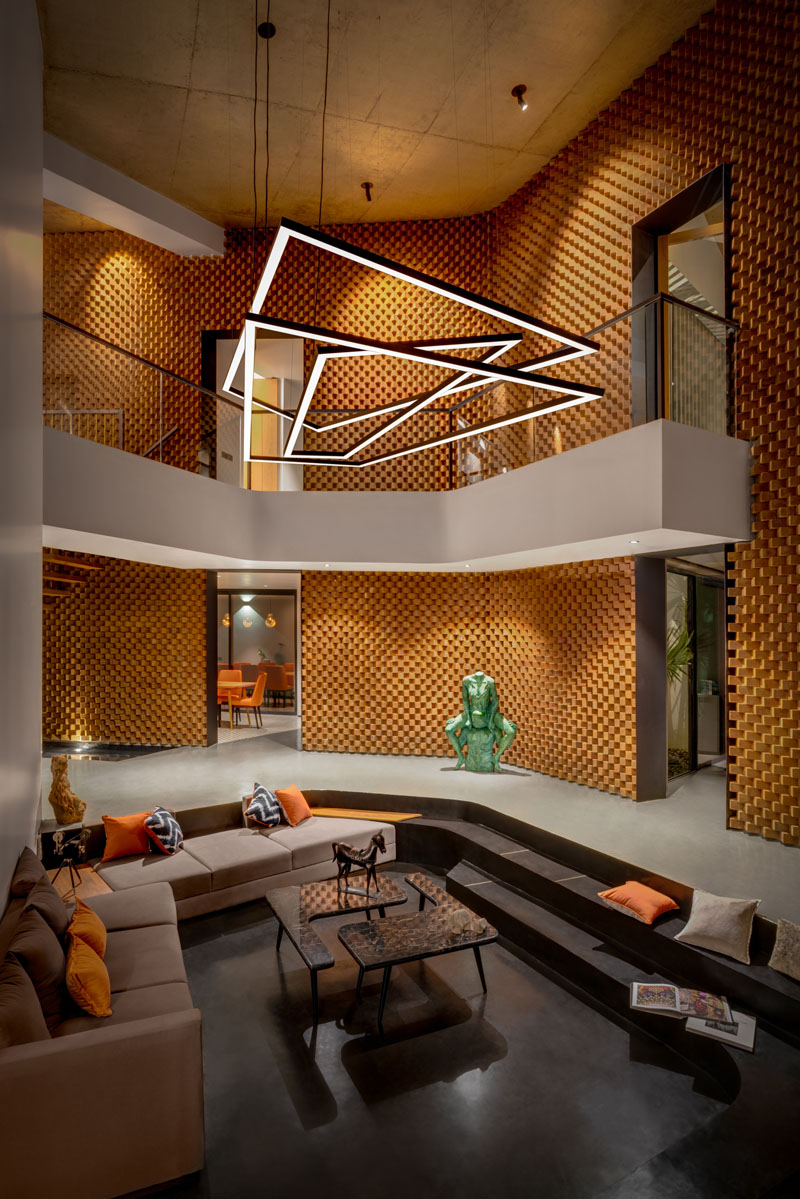


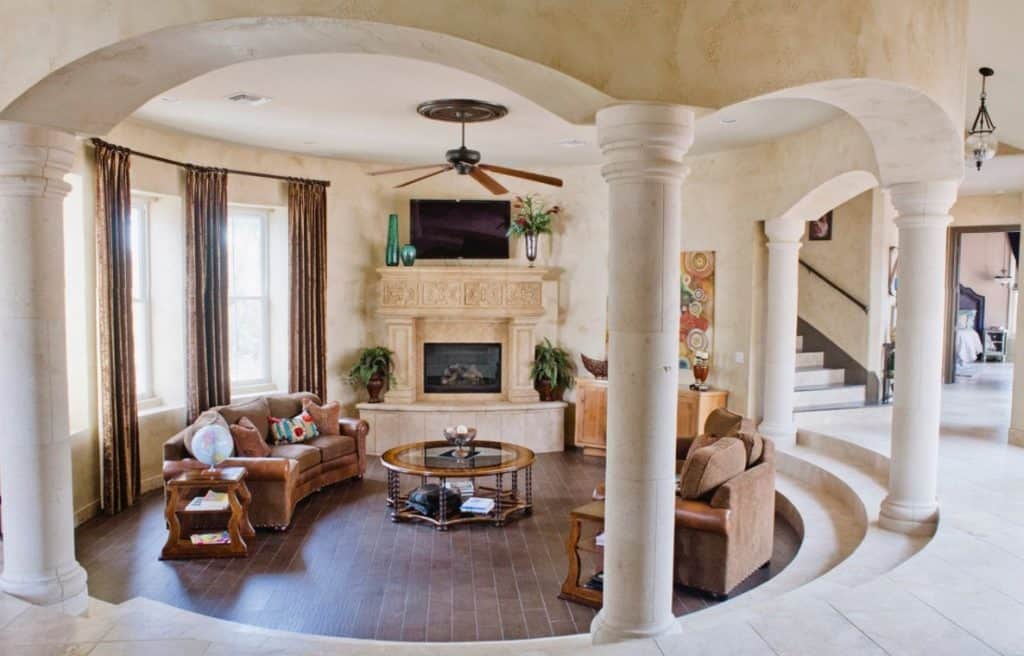



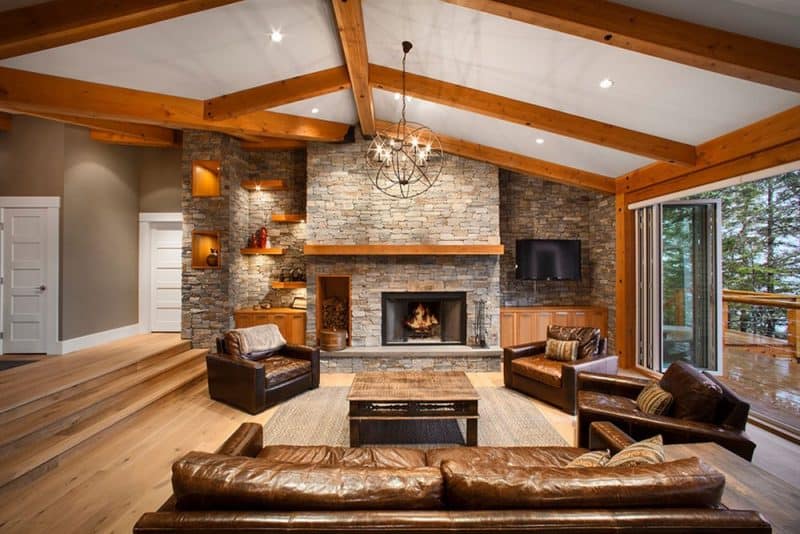


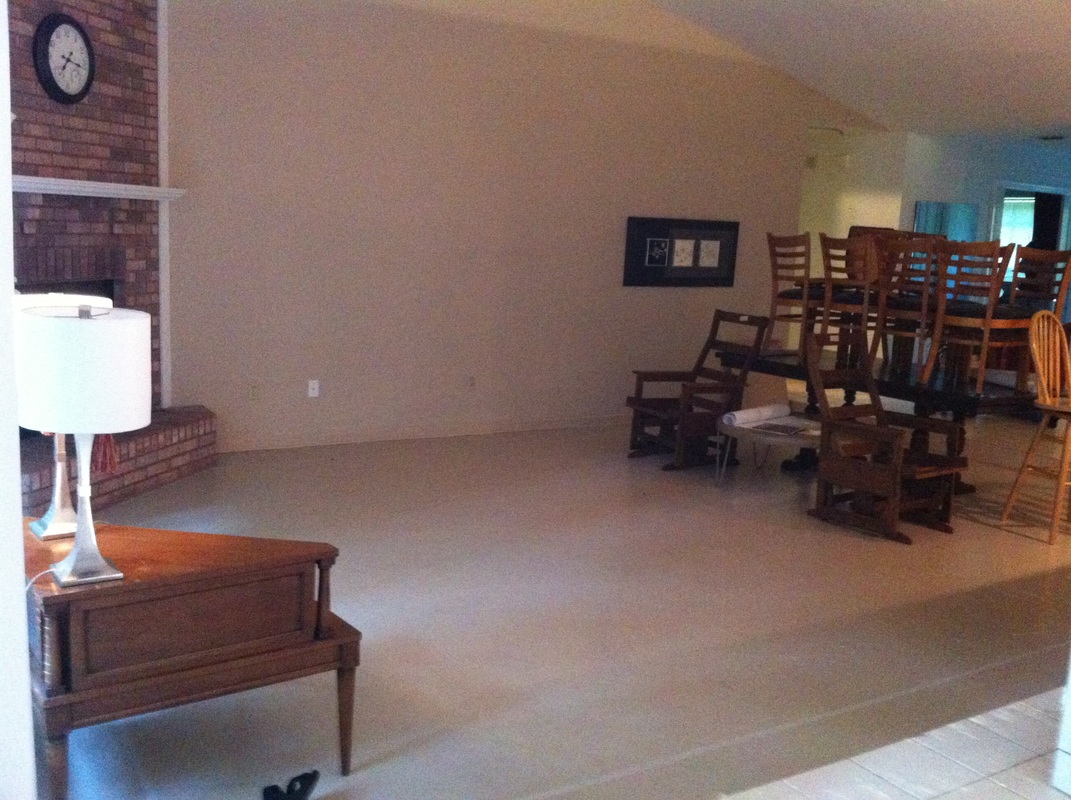

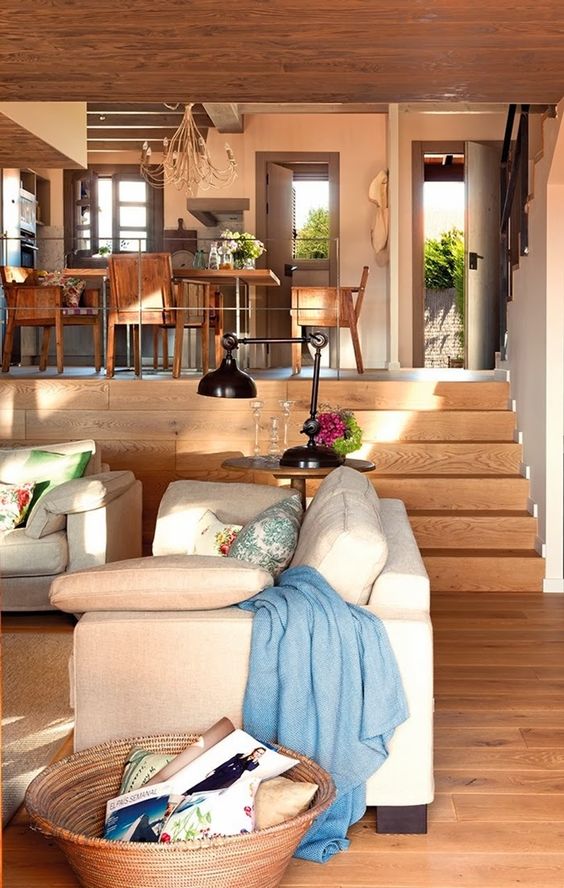
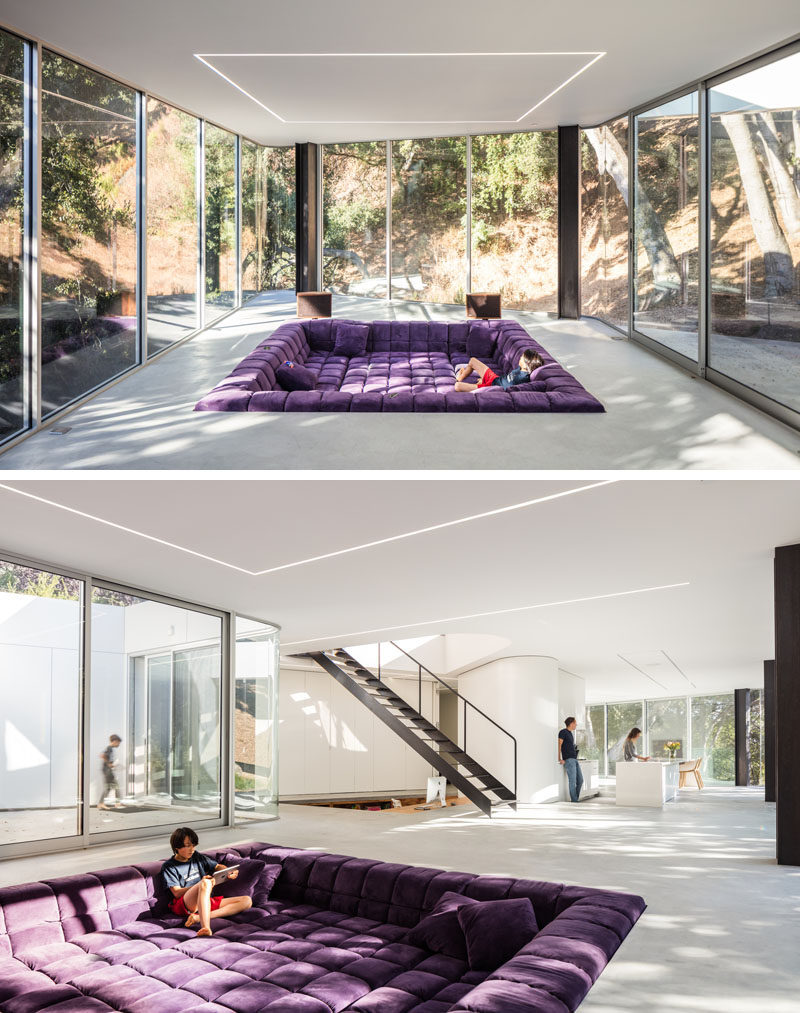
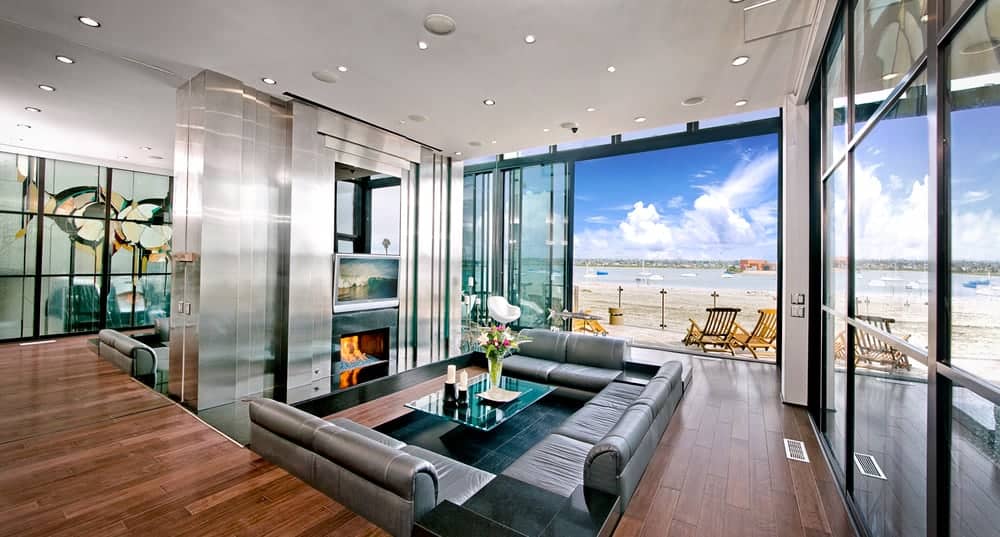
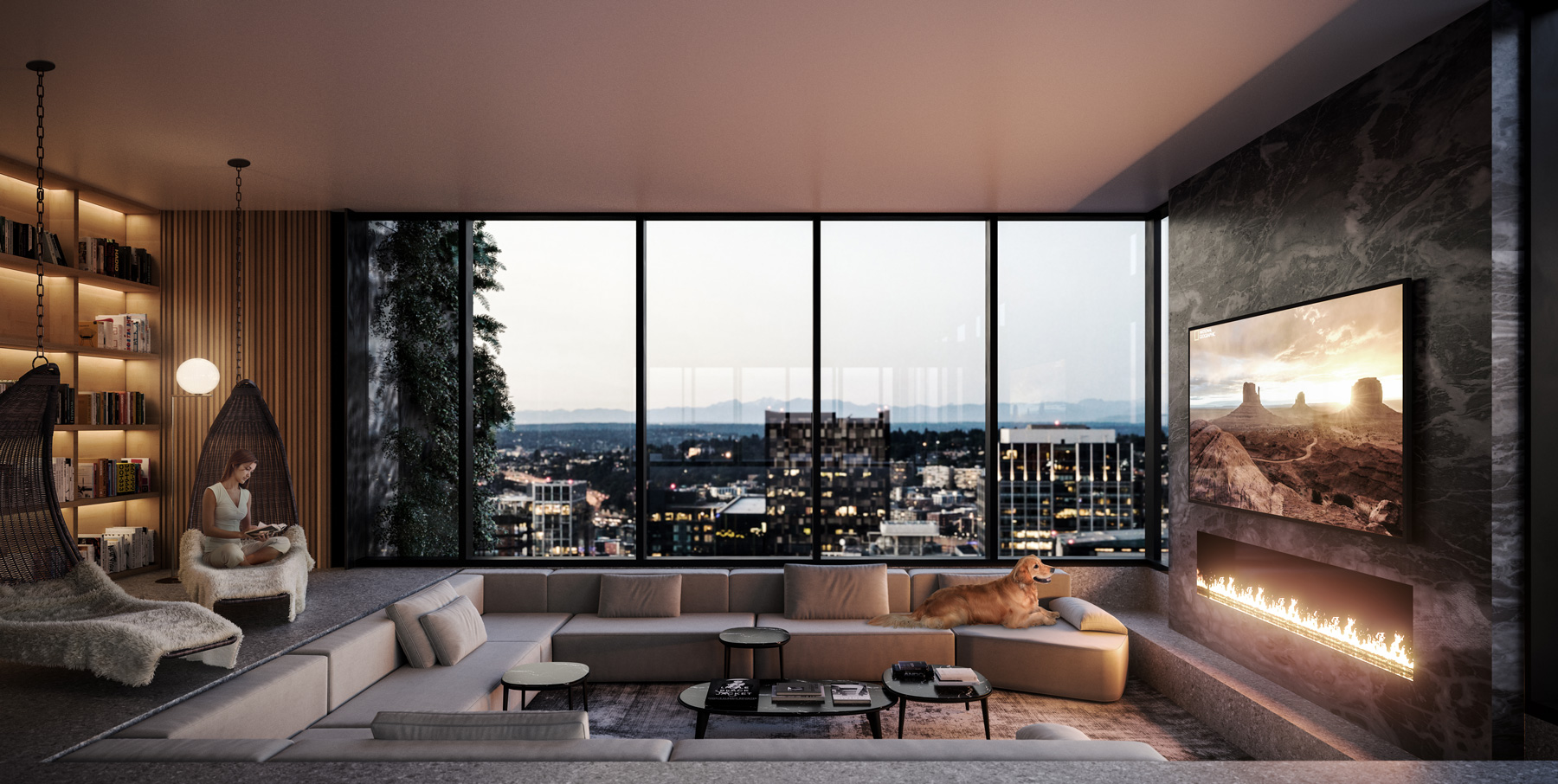

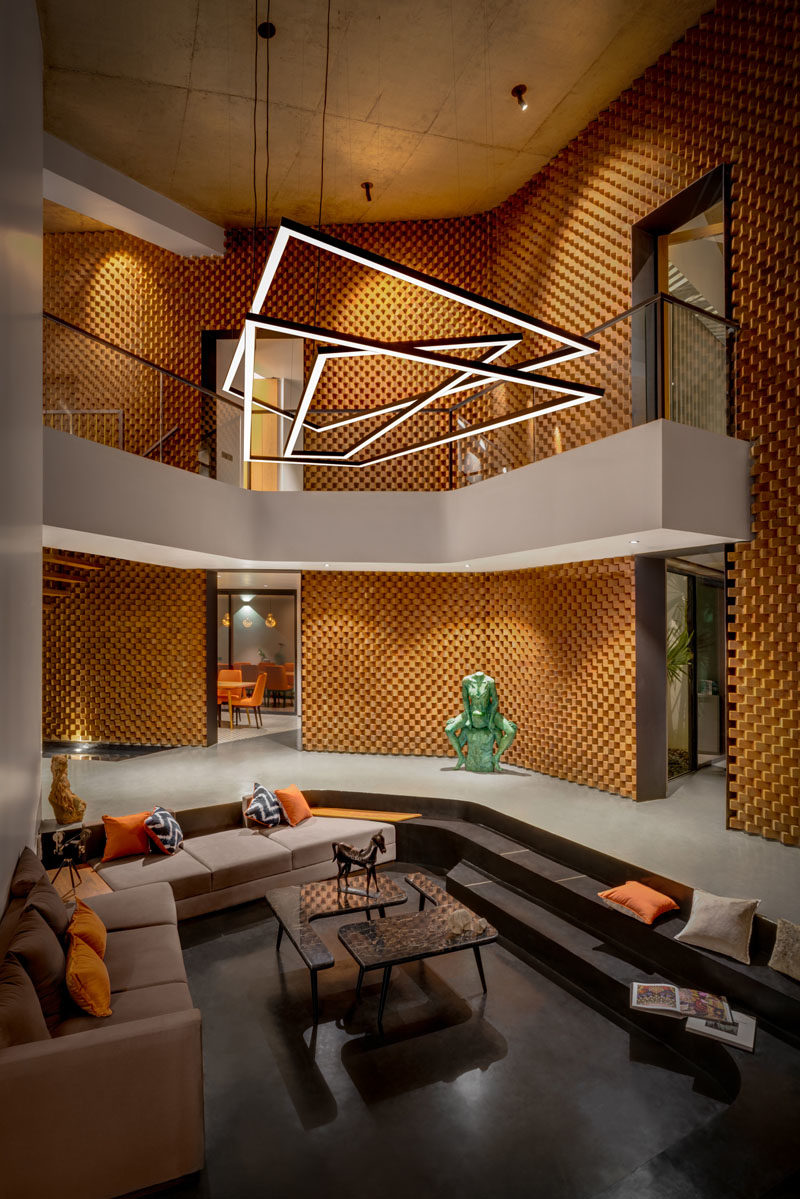
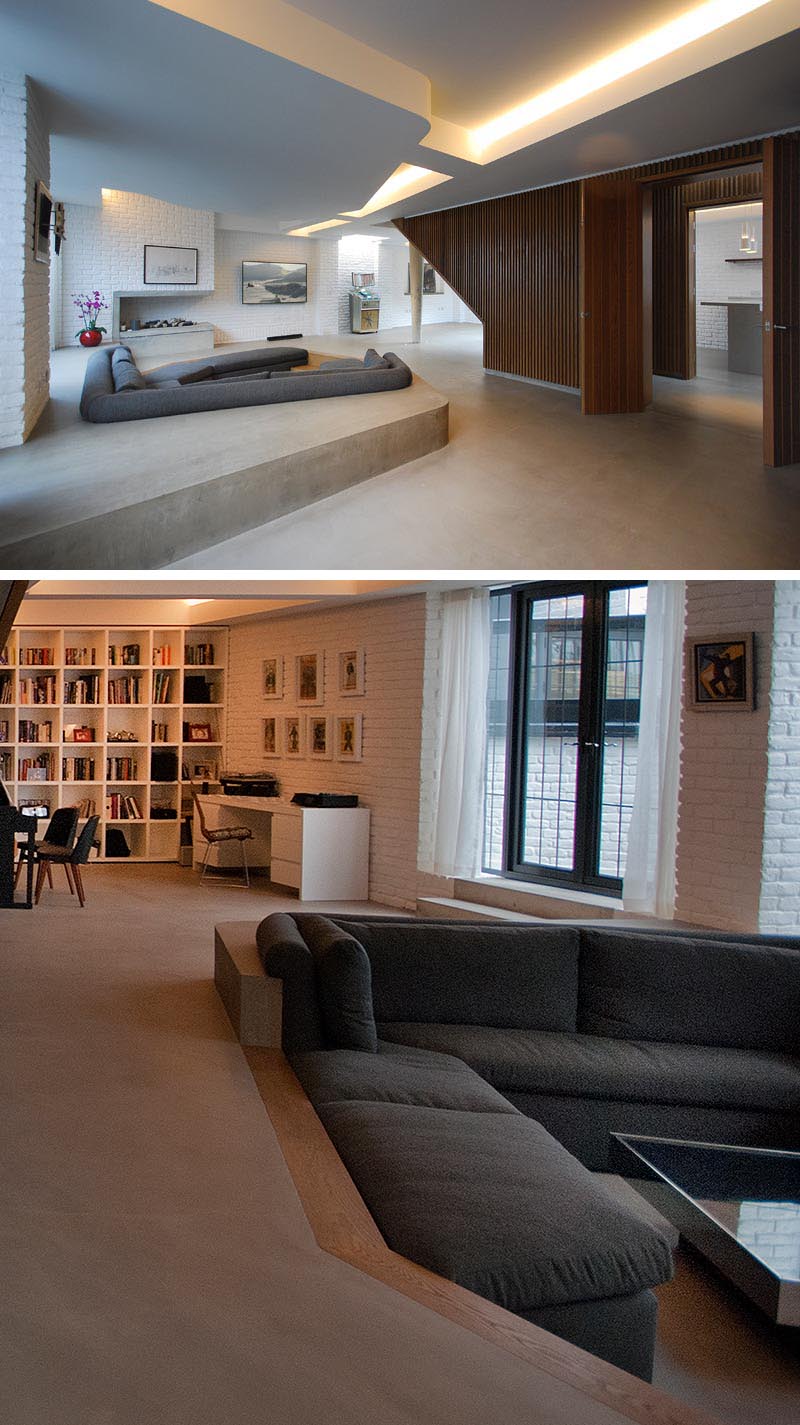



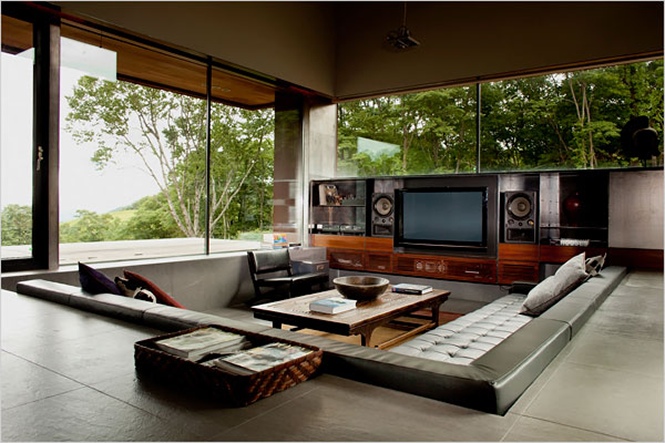


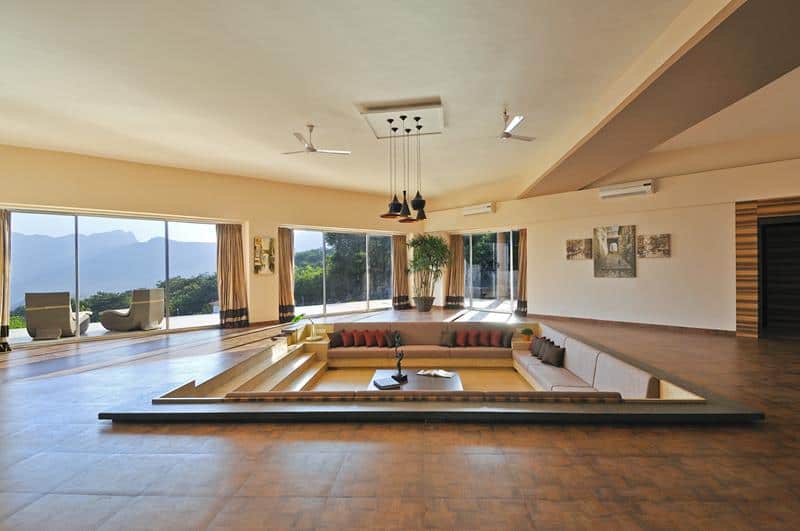

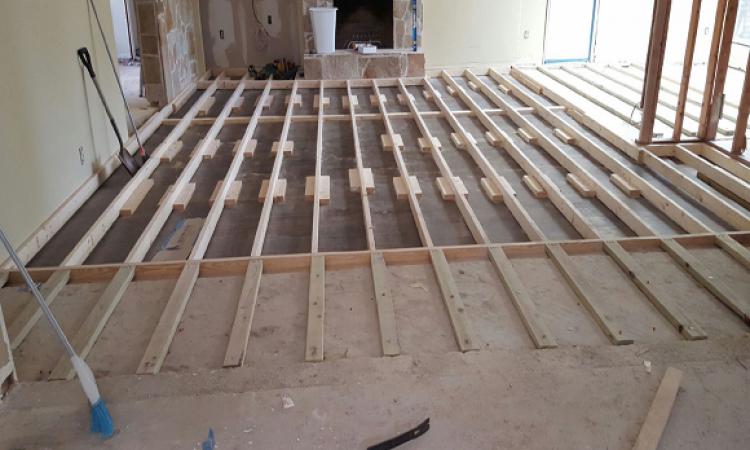
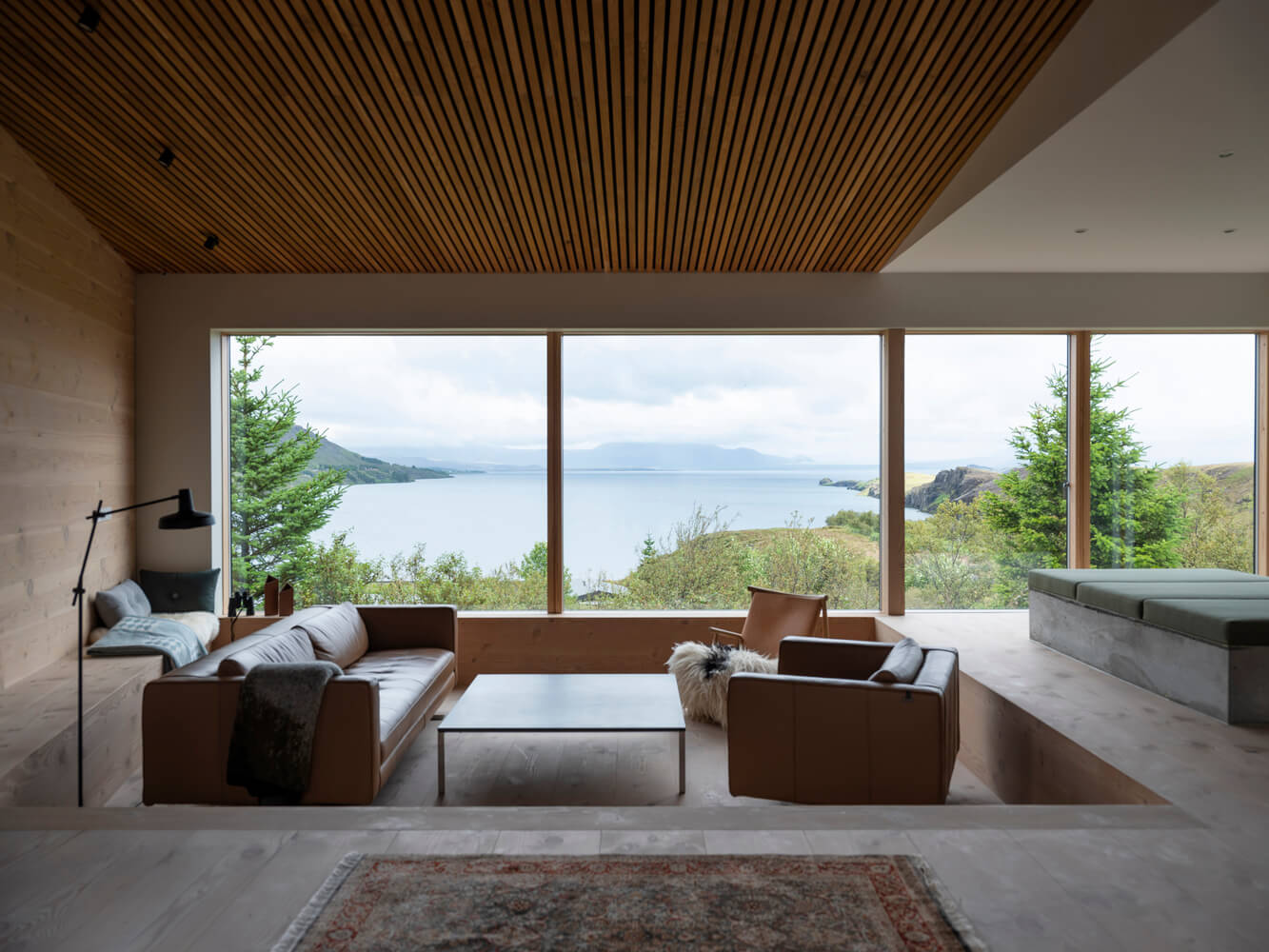
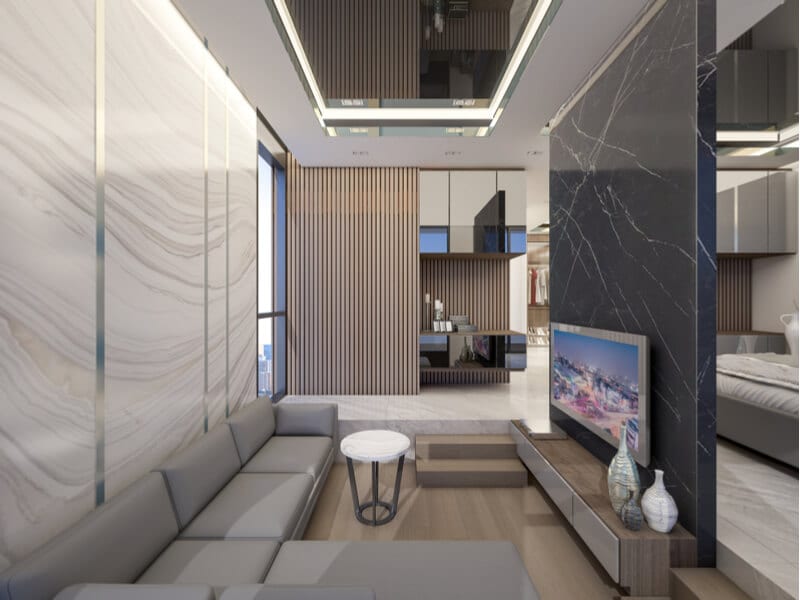
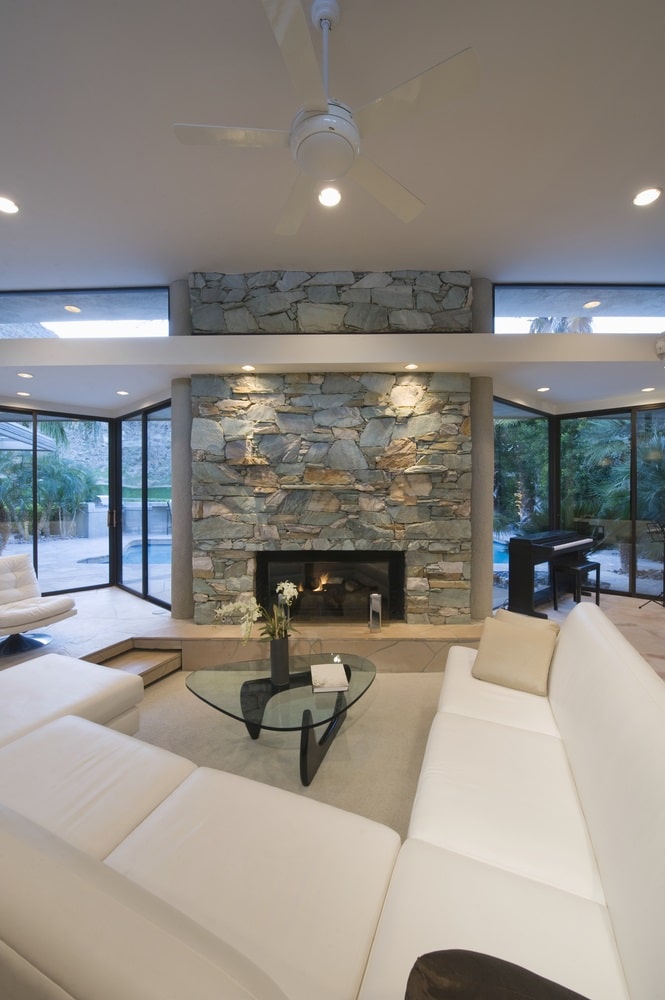



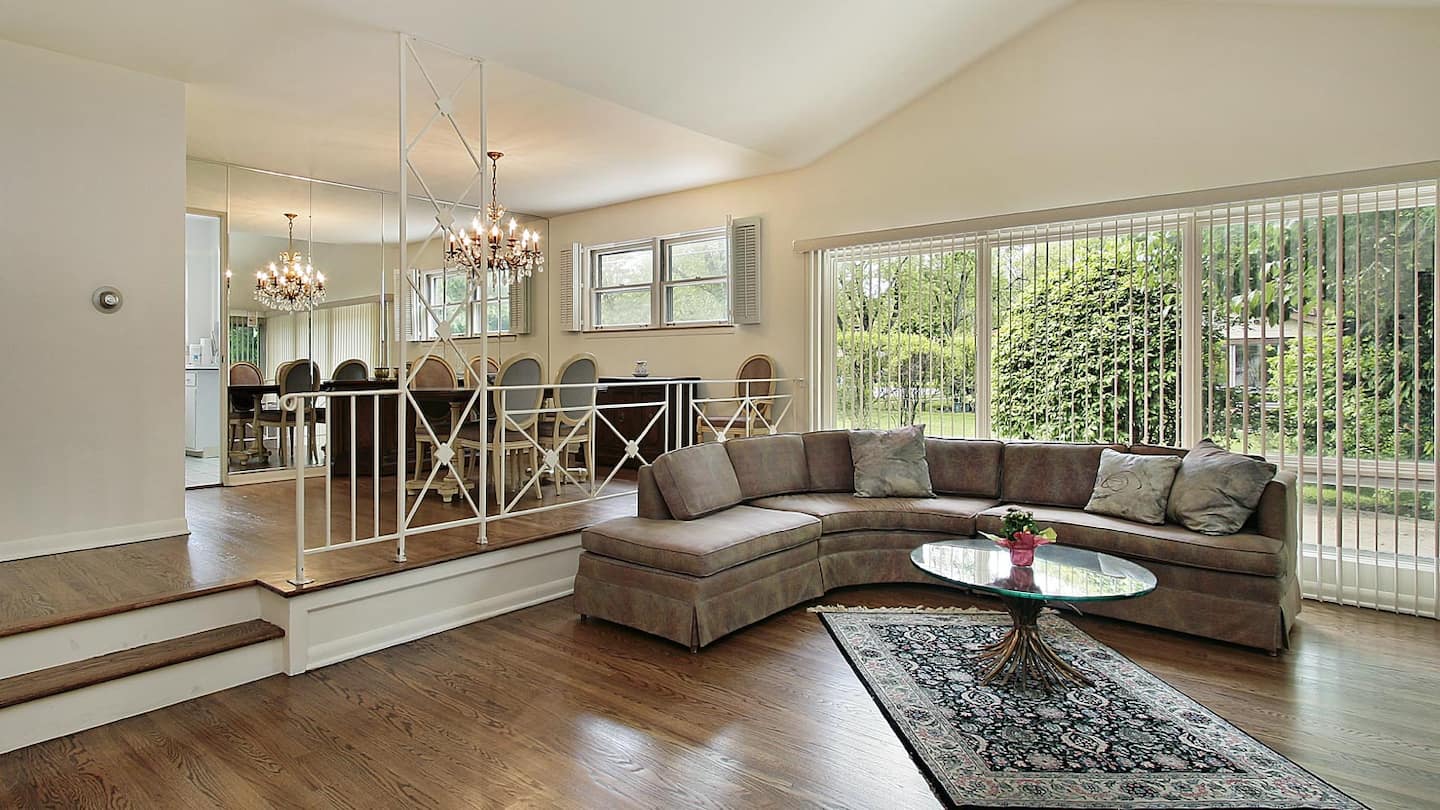

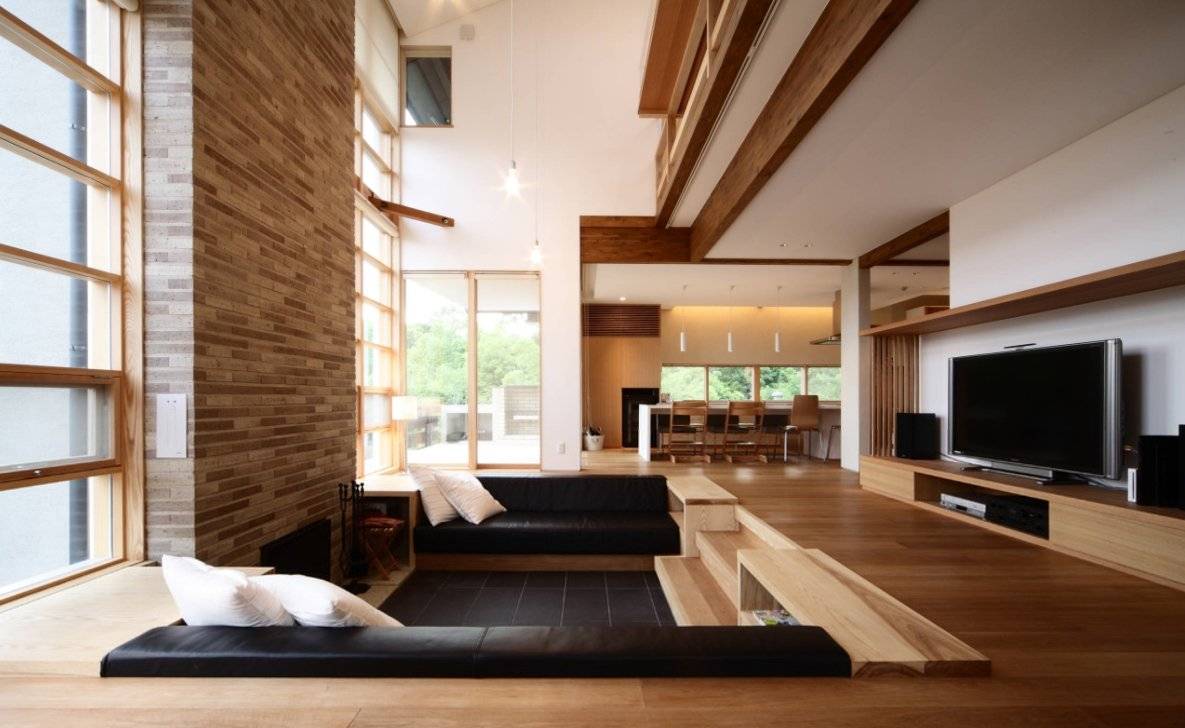
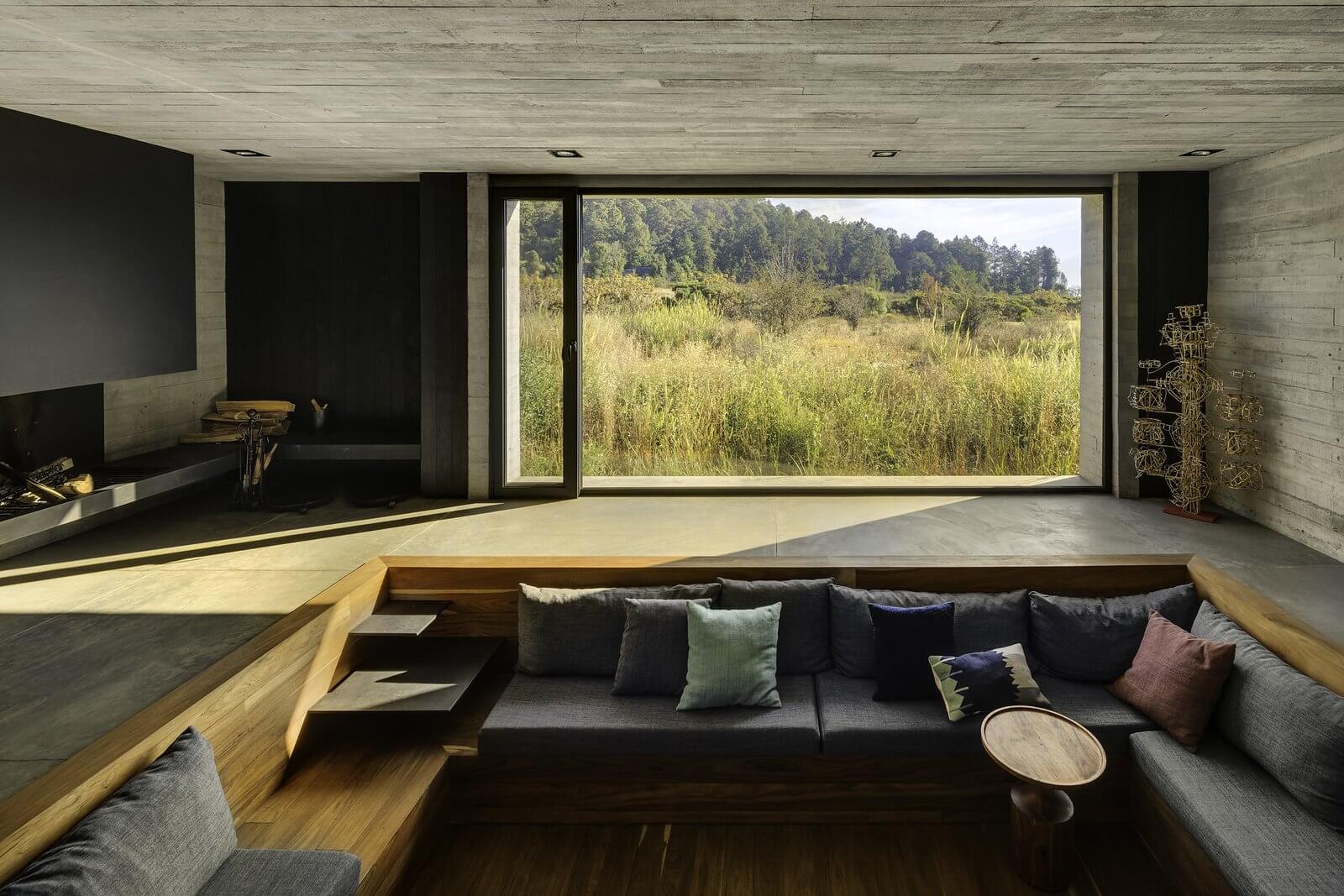



:max_bytes(150000):strip_icc()/2I5IQ36Q-3e2fc93a3d634739a903a7aa3603a51b-035eef5162d64e6b96f0df3443b64096.jpeg)





